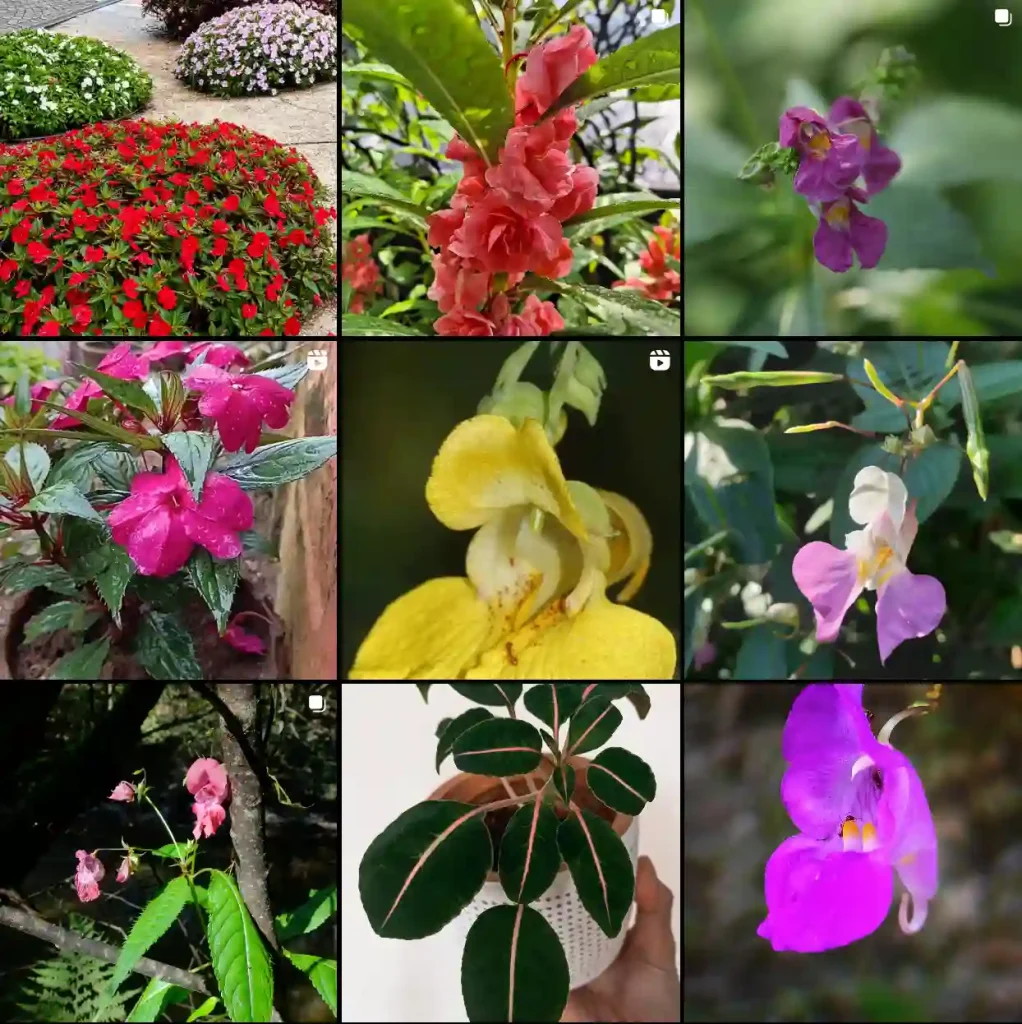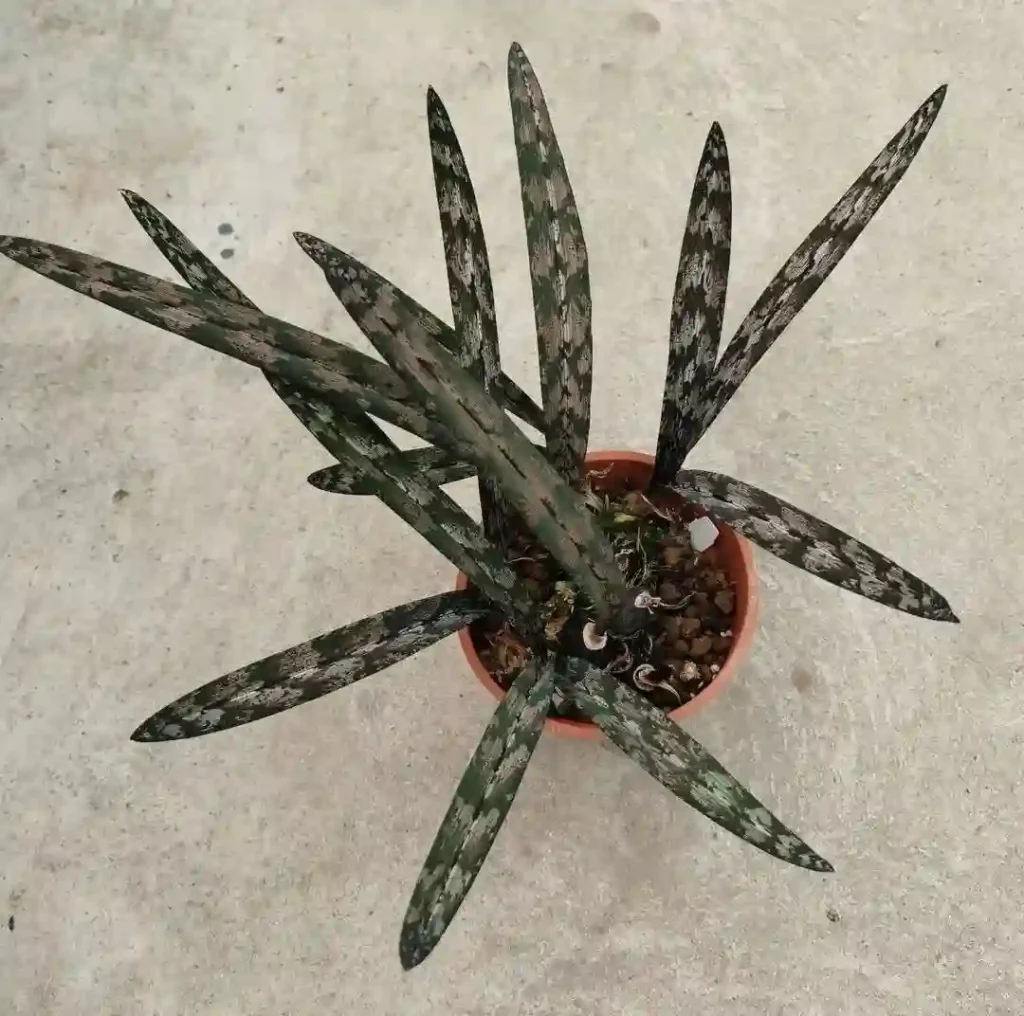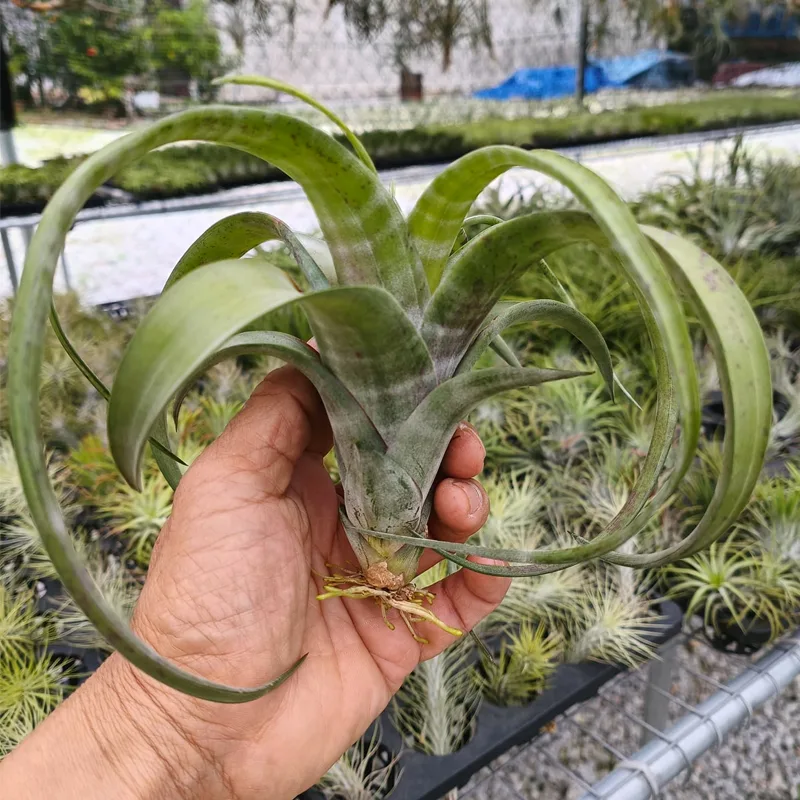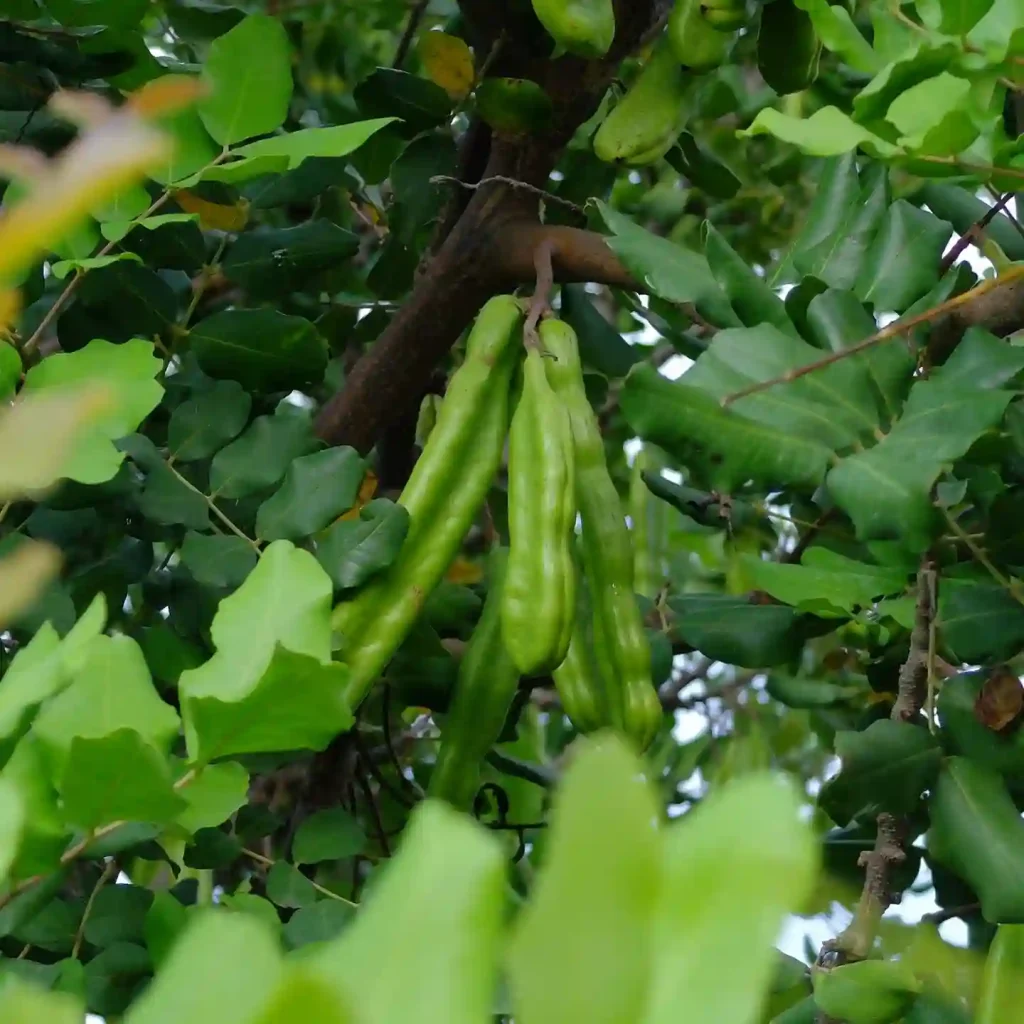Hibiscus Fragilis: A Rare Beauty Unveiled
Hi, Ferb Vu here. I’m a plant enthusiast with a particular fascination for unique and endangered species. Today, I want to delve into the captivating world of Hibiscus fragilis, also known as the Mandrinette.
This isn’t your average hibiscus. Unlike its flamboyant cousins with their oversized blooms, the Mandrinette is a delicate rarity.
439 Species in Genus Hibiscus
What Makes Hibiscus Fragilis Special?
The Mandrinette’s claim to fame lies in its scarcity. Endemic to the slopes of Mauritius, this evergreen shrub clings precariously to existence. With only a handful of documented specimens, it’s a botanical treasure precariously close to vanishing.
How Does it Differ from Other Hibiscus Species?
While most hibiscus varieties boast large, showy flowers, the Mandrinette takes a more understated approach. Its blooms, measuring a mere 7-10 cm in diameter, are a captivating display of bright pink to carmine red. The five delicate petals unfurl like a ballerina’s tutu, adding a touch of elegance to the rugged Mauritian landscape.
Is Hibiscus Fragilis Difficult to Grow?
The Mandrinette’s rarity extends to cultivation. Unlike its hardier hibiscus cousins that thrive in most gardens, this beauty requires specific conditions. It prefers well-draining, slightly acidic soil that stays moist during its growing season but dries out in winter. Think of it as a finicky fashionista with specific soil preferences.
Can I Grow Hibiscus Fragilis at Home?
Unless you have a greenhouse that meticulously mimics the Mauritian climate, home cultivation is a challenge. However, hope isn’t lost for the dedicated plant enthusiast.
- Seed Propagation: The easiest method is seed propagation. However, acquiring seeds can be difficult due to the plant’s endangered status. Patience is key, as germination can take weeks.
- Grafting: For the more adventurous, grafting the Mandrinette onto a hardier hibiscus rootstock is an option. This requires skill and specific tools, so it’s best left to experienced gardeners.
What Threats Does Hibiscus Fragilis Face?
Habitat loss is the primary culprit behind the Mandrinette’s dwindling numbers. Development and invasive species encroach on its fragile ecosystem, pushing it closer to extinction.
How Can We Help Save Hibiscus Fragilis?
Raising awareness is crucial. Sharing information about this captivating plant and its plight can spark conservation efforts.
- Support Botanical Gardens: Botanical gardens dedicated to rare plant preservation often cultivate the Mandrinette. Consider volunteering your time or making a donation to support their efforts.
- Spread the Word: Talking to fellow plant enthusiasts and sharing information about the Mandrinette can help garner support for its conservation.
Interesting Facts about Hibiscus Fragilis
There’s more to the Mandrinette than meets the eye. Here are some fascinating tidbits to add to your knowledge:
- Ancestral Roots: The Mandrinette is a genetic ancestor of many popular hibiscus cultivars. The vibrant blooms adorning your garden might owe a debt to this delicate wildflower.
- Hybridization Woes: While hybridization is a common practice in horticulture, it poses a threat to the Mandrinette. Invasive hibiscus species readily hybridize with the native plant, blurring its genetic makeup and potentially weakening its resilience.
- Conservation Efforts: The fight to save the Mandrinette is ongoing. Conservation organizations in Mauritius are actively working to propagate the plant in nurseries and reintroduce it to its natural habitat.
- Symbol of Hope: The Mandrinette serves as a symbol of hope in the fight against plant extinction. Its ongoing struggle highlights the importance of protecting biodiversity and preserving our natural heritage.
The Future of Hibiscus Fragilis
The future of the Mandrinette hangs in the balance. With dedicated conservation efforts and a touch of luck, this captivating flower can continue to grace the slopes of Mauritius.
Final Thoughts
The Hibiscus fragilis is a captivating reminder of the beauty and fragility of nature. By appreciating its unique characteristics and understanding the threats it faces, we can become active participants in its preservation.
Whether you’re a seasoned botanist or a curious plant lover, there’s something to learn from the Mandrinette’s story. Let’s work together to ensure this botanical gem continues to bloom for generations to come.
If i die, water my plants!



